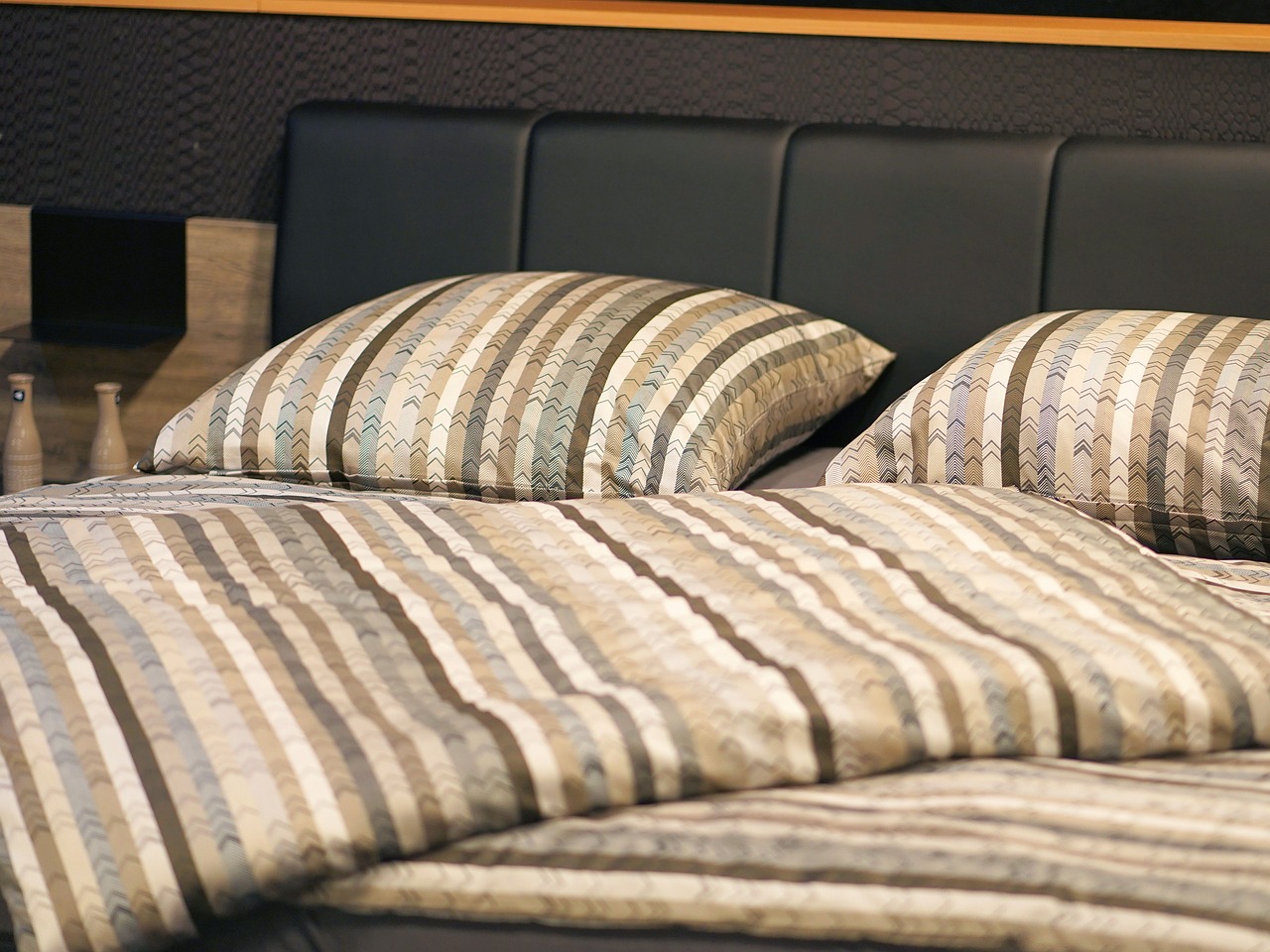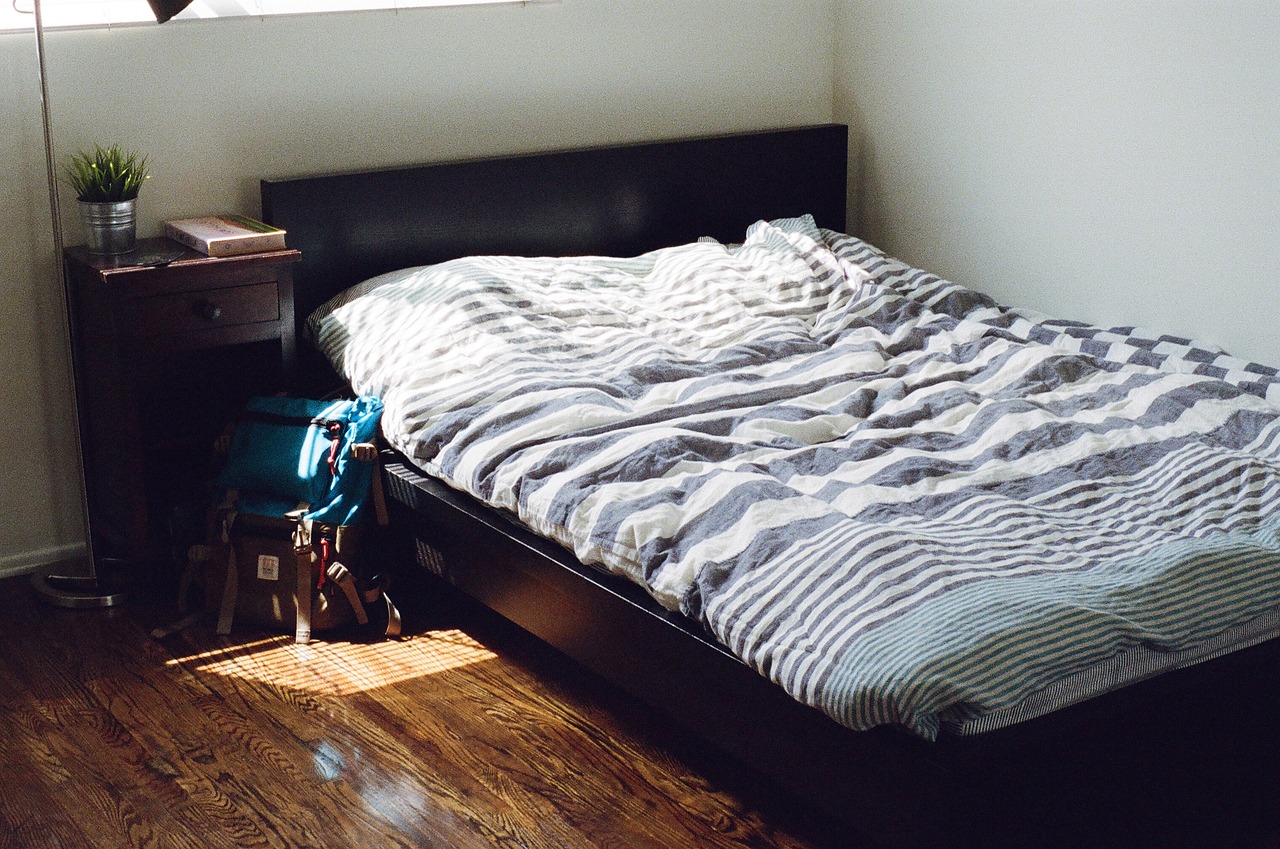Are you struggling with a bed bug infestation in your home? If so, you’re not alone. Bed bugs are a common problem that can be difficult to eliminate. However, one effective solution for getting rid of these pests is heat treatment.
In this article, we’ll explore the role of heat treatment in bed bug eradication, including how it works, its benefits, and some important considerations to keep in mind.
Heat treatment is a highly effective method for killing bed bugs because it uses heat to penetrate all areas of your home, including hard-to-reach places where bed bugs may be hiding. This eliminates the need for chemicals or other toxic solutions that may not be effective at eradicating the problem.
With heat treatment, the temperature is raised to a level that is lethal for bed bugs, ensuring that every single one is eliminated. So if you’re looking for a safe and effective way to get rid of bed bugs in your home, heat treatment is definitely worth considering.
How Heat Treatment Works to Kill Bed Bugs
You’re probably wondering how those pesky critters meet their demise – well, it’s all thanks to the power of intense, scorching heat.
The heat treatment process involves using specialized equipment to raise the temperature in infested areas to a level that is lethal to bed bugs. This means that every nook and cranny, from the mattress to the baseboards, is heated to a temperature between 120 and 140 degrees Fahrenheit for several hours.
The effectiveness of heat treatment lies in its ability to destroy bed bugs at all stages of their life cycle, including eggs, nymphs, and adults. Unlike chemical treatments, heat treatment does not leave behind any residual toxins or residues that can be harmful to humans or pets.
Additionally, bed bugs have become increasingly resistant to traditional insecticides, making heat treatment a more reliable and efficient option for eradicating infestations.
Benefits of Using Heat Treatment for Bed Bug Eradication
It’s hard to overstate how effective using heat can be when it comes to ridding your home of these unwelcome pests.
One of the biggest advantages of using heat treatment is its effectiveness. Bed bugs are highly sensitive to temperature changes, and heat treatment is one of the most efficient ways to kill them.
Unlike other methods that involve the use of chemicals, heat treatment is a non-toxic approach that doesn’t leave any residue behind. Plus, it can reach all the nooks and crannies where bed bugs may be hiding, including inside walls, furniture, and mattresses.
This means that heat treatment can eliminate bed bugs at all stages of their life cycle, from eggs to adults. In short, if you want an effective and safe way to eradicate bed bugs from your home, heat treatment is definitely the way to go.
Limitations and Considerations for Heat Treatment
There are some important things to keep in mind before opting for heat treatment as a method for bed bug eradication.
One of the main limitations is that the process can take up to 8 hours to complete, making it difficult for individuals who need to vacate their homes or businesses for that duration of time. Additionally, heat treatment can be costly compared to other methods, such as chemical treatments.
However, despite these limitations, heat treatment remains a popular and effective method for bed bug eradication. Not only is it environmentally friendly and safe for humans and pets, but it also eliminates the need for potentially harmful chemicals.
It’s important to carefully consider all factors, including cost effectiveness and safety, before deciding on a bed bug eradication method that works best for your needs.
Comparing Heat Treatment to Other Bed Bug Eradication Methods

If you’re considering different methods for getting rid of pesky bed bugs in your home or business, it’s important to compare and contrast the effectiveness and affordability of each option.
While heat treatment is a popular and effective method, it’s not the only one out there. Chemical treatments, such as pesticides, are another option. However, they can be harmful to both humans and pets, and bed bugs may develop resistance to them over time.
Moreover, these treatments often require multiple applications and may not fully eliminate the infestation.
Physical removal, such as vacuuming and steam cleaning, can also be effective in eliminating bed bugs. However, it can be time-consuming and difficult to reach all the hiding spots. Additionally, physical removal may not kill all the bugs and their eggs, leading to a re-infestation.
Overall, heat treatment is often the most effective and efficient method for eradicating bed bugs, as it can penetrate deep into furniture, walls, and other hiding places, and kill both bugs and their eggs in a single treatment.
Tips for Ensuring Successful Bed Bug Eradication with Heat Treatment
To ensure your bed bug problem is completely eliminated using heat, you’ll need to be as thorough as a detective searching for clues, carefully preparing your space and belongings for treatment.
Start by removing clutter and vacuuming all floors, carpets, and upholstery. Bed bugs can hide in small cracks and crevices, so be sure to vacuum along baseboards, in between floorboards, and even inside electrical outlets.
Next, wash all bedding, clothing, and linens in hot water and dry on high heat. Seal any cracks or gaps in walls or floors to prevent bed bugs from escaping the heat treatment.
Finally, consider using bed bug interceptors to monitor for any remaining bed bugs after treatment.
After the heat treatment, it’s important to follow post-treatment care instructions provided by your pest control professional. These may include leaving the treated area undisturbed for a certain amount of time or airing out the space before returning.
Additionally, schedule follow-up inspections to ensure that all bed bugs have been eliminated and to address any new infestations that may arise. By following these preparation tips, monitoring techniques, and post-treatment care guidelines, you can successfully eradicate bed bugs with heat treatment.
Frequently Asked Questions
Is heat treatment the only effective method of bed bug eradication, or are there other options?
If you’re dealing with a bed bug infestation, you may be wondering if heat treatment is the only effective method for getting rid of them. While heat treatment has its pros, such as being chemical-free and effective at killing both bugs and eggs, there are also cons to consider.
For one, it can be expensive and may require multiple treatments to completely eradicate the problem. Additionally, heat treatment may not be suitable for certain items, such as electronics or delicate fabrics, which may be damaged by the high temperatures.
Comparing effectiveness, there are other options available, such as chemical treatments or DIY solutions, that may be more cost-effective or better suited to your specific situation. Ultimately, the best approach will depend on your individual needs and preferences.
How long does a heat treatment session typically last?
When it comes to bed bug eradication, heat treatment is a popular choice due to its many benefits. One of the main advantages of heat treatment is that it’s effective in killing bed bugs at all stages of their life cycle, including eggs. Additionally, heat treatment is a chemical-free method, making it an ideal choice for those with chemical sensitivities or allergies.
However, the length of a heat treatment session can vary depending on several factors. These factors include the size of the space being treated, the severity of the infestation, and the type of heating equipment being used. On average, a heat treatment session can last anywhere from a few hours to an entire day.
Are there any safety concerns or precautions that need to be taken during a heat treatment session?
You’re in for a treat because heat treatment is the most effective way to get rid of bed bugs, but it also requires some safety measures.
First and foremost, make sure that you and your pets are out of the house during the treatment process. The high temperatures can be hazardous to your health, and it’s best to let the professionals handle it.
Additionally, ensure that any combustible materials are removed from the area before the treatment starts. The heat can cause them to catch fire, and that’s the last thing you want.
These precautions may seem extreme, but they’re necessary to ensure that the heat treatment is done correctly and safely.
Can heat treatment be used in conjunction with other bed bug eradication methods, or should it be used as a standalone solution?
If you’re dealing with a bed bug infestation, you may be wondering if heat treatment alone is enough or if you should combine it with other methods. The truth is, combining methods can often be more effective than using just one.
For example, you can use heat treatment in conjunction with pesticide sprays or dusts to increase the chances of completely eradicating bed bugs. However, it’s important to note that not all methods are equally effective. So, it’s essential to do your research and compare different options before deciding on a course of action.
What is the cost of heat treatment compared to other bed bug eradication methods?
Imagine waking up to the sight of bed bugs crawling all over your bed and furniture. The thought of it alone can make you cringe.
You want to get rid of these pests fast and effectively. When it comes to bed bug eradication methods, you might be wondering which one is the most cost-effective and efficient.
Comparing costs and effectiveness, heat treatment has proven to be one of the most successful methods in eliminating bed bugs. It may come with a higher price tag compared to other methods, but the long-term benefits outweigh the costs.
Heat treatment is a standalone solution that doesn’t require any additional treatments, making it a more efficient and cost-effective option in the long run.
Conclusion
Congratulations! You’ve successfully learned about the role of heat treatment in bed bug eradication. By using heat treatment, you can effectively kill bed bugs in all stages of development. It’s a safe and eco-friendly option that doesn’t require the use of harmful chemicals.
However, it’s important to note that heat treatment isn’t a one-size-fits-all solution. You’ll need to consider factors such as the size of the infestation, the location of the bed bugs, and the type of furniture or materials in the affected area. It’s also crucial to hire a professional who has the experience and knowledge to perform the heat treatment correctly.
As the saying goes, “An ounce of prevention is worth a pound of cure.” Taking proactive measures such as regular inspections and using bed bug-proof mattress covers can help prevent future infestations. By combining heat treatment with preventative actions, you can enjoy a bed bug-free environment and have peace of mind knowing that you’ve taken the necessary steps to protect yourself and your loved ones.










